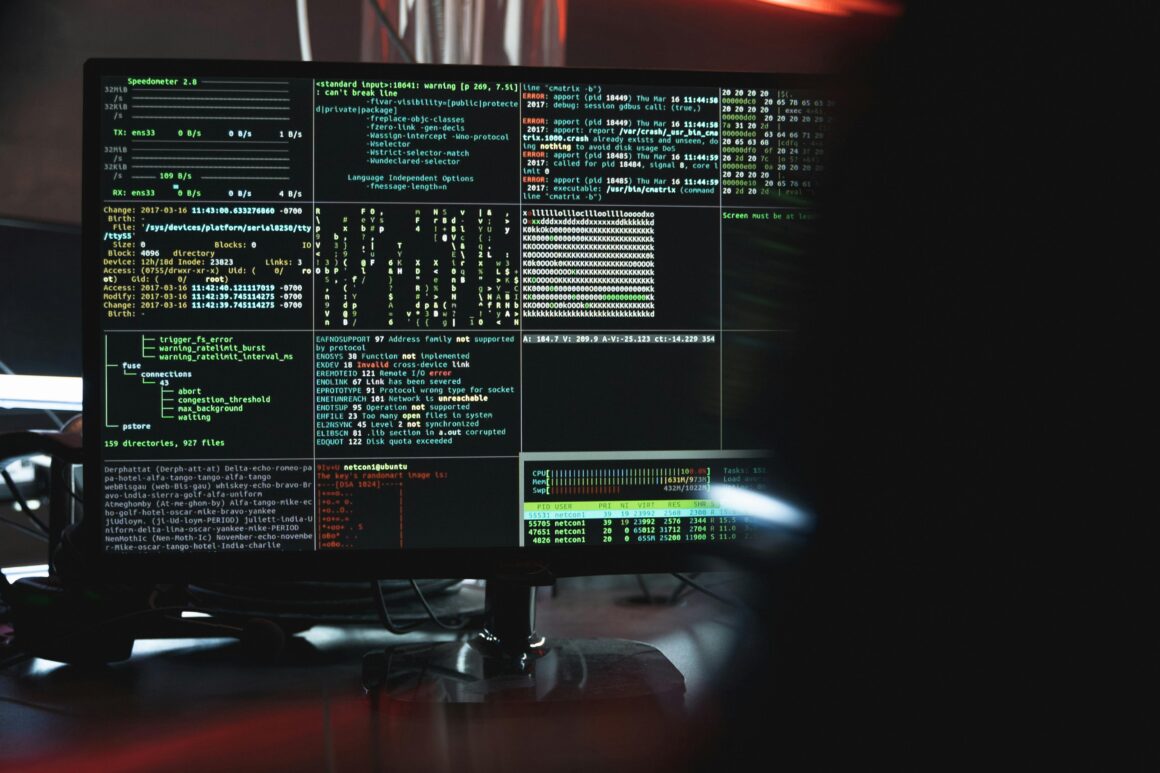Among the perks of distance education is being able to explore other subjects while you’re doing your specialization in one subject. Though I am a Political Science major, media and communications have always been side-interests of mine, and I found the perfect single-semester course on it by Oak Meadow Inc.
The course, called Media Literacy, uses a textbook called Media/Society: Technology, Industries, Content and Users by David Croteau and William Hoynes and covers everything from the early forms of media to the current, advanced ones. A piece of good news for independent students like me is that the course package comes with a teacher’s manual which provides you step-by-step guidance on how to go through the course. The whole package consists of a coursebook, a textbook, a teacher’s manual, and an online Kanopy account in order to access the films and documentaries which are a part of the course.
The entire course is divided into three main parts which are further divided into many lessons.
The first part is titled ‘Questioning the Media’ and as per the title, it explores the origin of media itself. This part is aimed at making the student understand the meaning of ‘media,’ including different types of it and how in unimaginably small ways, what we think and what we do might be under our subconsciously acquired influence of the media, per the wishes of individuals we might never have seen or heard of. The activities in this part help the student become more conscious of the kind and quality of the media they consume and what they decide to do with it. In a favorite quote of mine, the course-book summarizes how our attitude towards today’s media outlets must be when it says the following two words: ‘Question everything.’
Of the first section, I must remark that Lesson 3: The Propaganda Machine and Lesson 4: Media’s Idea of What We Should Think are my personal favorites. Though the titles of the lessons suffice in briefly explaining their contents, I would like to mention what attracted me the most: the ferocity with which it opens up the discussion of ‘independent’ and ‘liberal’ media and the clarity with which it depicts and justifies that just because a media platform calls itself ‘independent,’ it doesn’t necessarily mean that it is free of bias and that it is not trying to influence the mass’ thoughts and actions – often resulting in mass thinking patterns that translate into political power for certain individuals.

In the second part, ‘Deconstructing the Media,’ the course delves into the various biases and partialities that exist in modern films and TV series. With the help of selected films and documentaries, this part excellently analyzes the nature and effects of advertisements on TV and navigates through the reasons why advertisements serve capitalism in many different ways. Other than that, it explores the presence of white privilege in today’s films and highlights how it continues to perpetuate racism in unseen ways.
Though it tries to delve deep into the subject, it misses criticizing two gravely important aspects of white films and TV shows: Islamophobia and xenophobia. It is very easy to detect Islamophobia and culture-based phobias like Iranophobia and Sinophobia within today’s electronic media, yet there is hardly a mention of it in the coursebook. In the future editions of the course, I would like to see more on how in the littlest of ways, today’s media industry continues to perpetuate fear of Muslims and certain cultures which, in the long-term, translate into different forms of hate-crimes and micro-aggressions in the society.
This section further continues to excellently discuss different social aspects like class differences and environmental issues as seen in the media. It also explores the portrayal of gender, femininity, and different sexual orientations, though at one brief point the readings and activities provided made it feel like the coursework no longer carried the aim of educating, rather advocating and reinforcing certain ideas of gender and sexuality – which I would not prefer being added in an educational and informative text. The final chapter of this part proved to be a brilliant analytical study of family sitcoms and how they actually affect and alter real-life family dynamics in the modern era, and brings one to question the envisioned image of an average family of a given country or culture.
In the final part called ‘Taking Action’ and the appendix, which I must remark was as important as the rest of the course, the student learns to apply the media literacy concepts learned throughout the course and deconstruct different types of media content to be able to read between the lines. Helpful information on journalistic techniques and writing methods also forms a very important part of this section. It requires the student to write reflections and reviews on given media content that help form concrete opinions in their minds. The final few pages of the coursebook contain pre and post-course surveys, which, if taken as per the instructions provided will enable the student to evaluate all that they have learned throughout the course and give them an understanding of what they are taking away from the course.
I would recommend this course to everyone but especially to those who wish to pursue careers in journalism and mass communications as it truly manifests the true fluid nature of today’s media. This course makes an effort to help put things into perspective as it explores the many different biases that are irrefutably present in different forms of content consumed by the masses on a daily basis. If I were to assign an overall rating to the course, it would be somewhere between 8.5 and 9 out of 10 points. My only advice to potential students would be:
Keep your eyes open and ‘question everything.’
Note: This review is impartial and represents the true views of the writer. No financial favors were promised by any of the mentioned companies in exchange for the publication of this article.
Photo via Aitchzee




